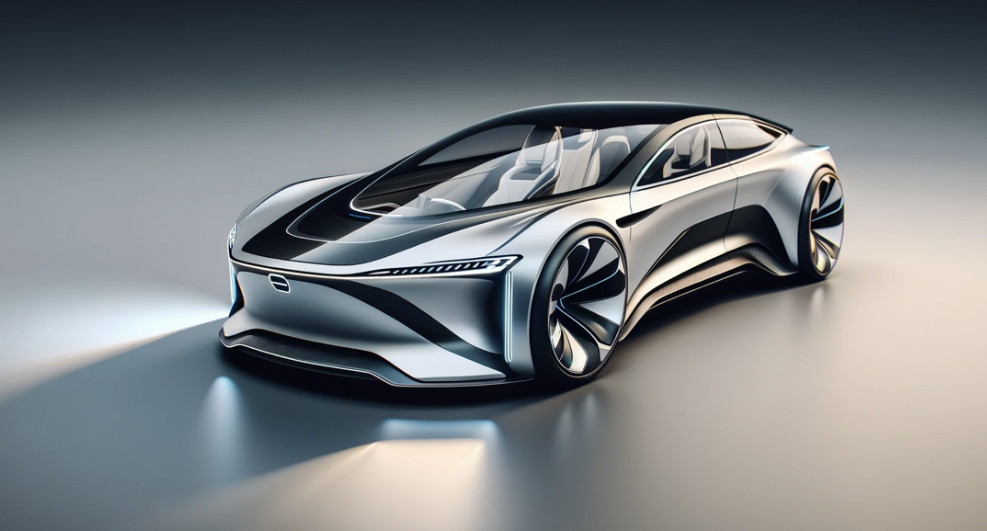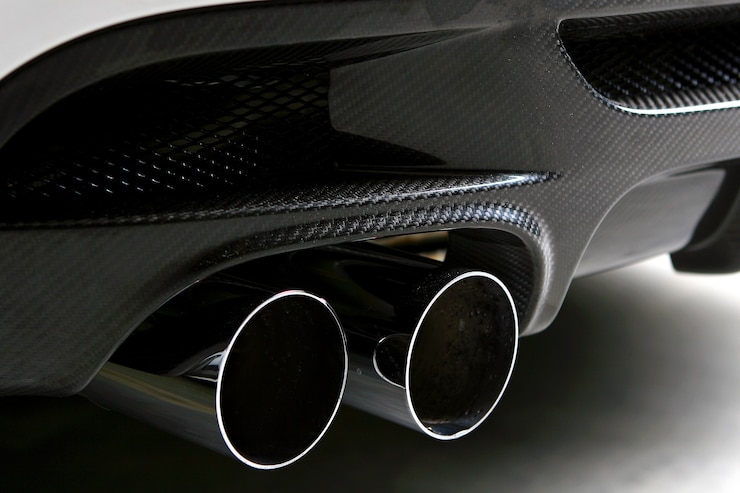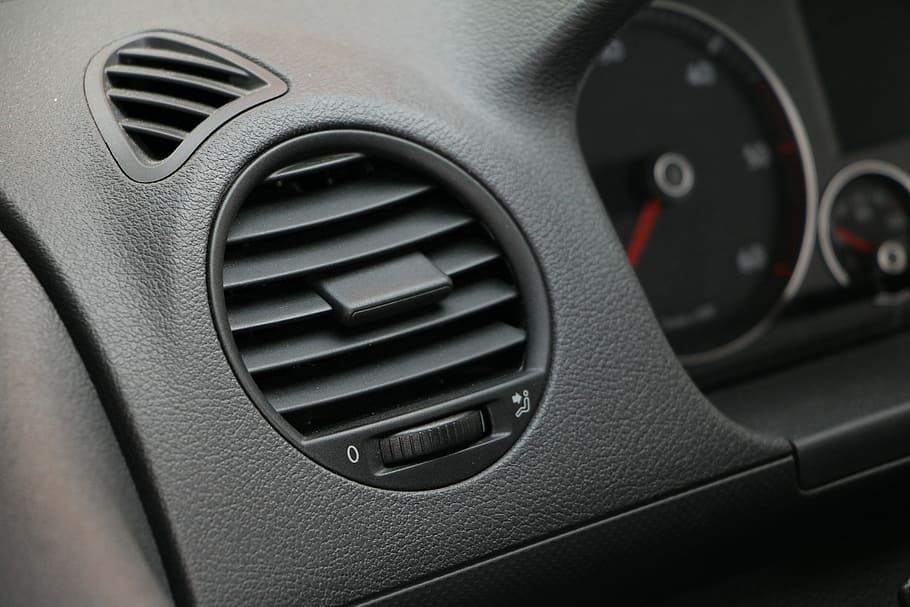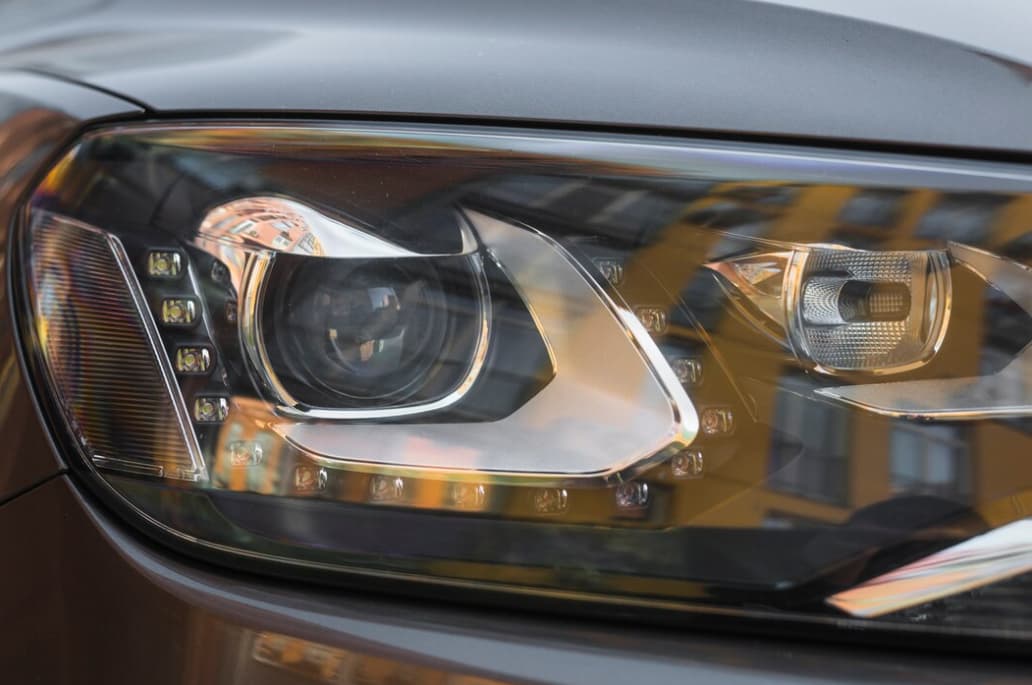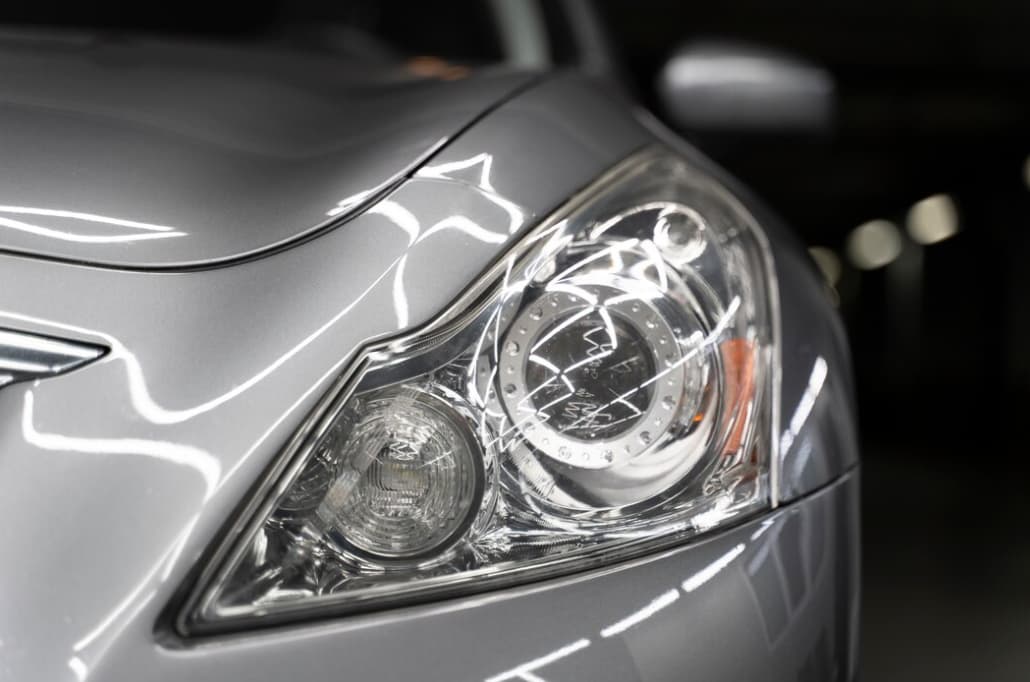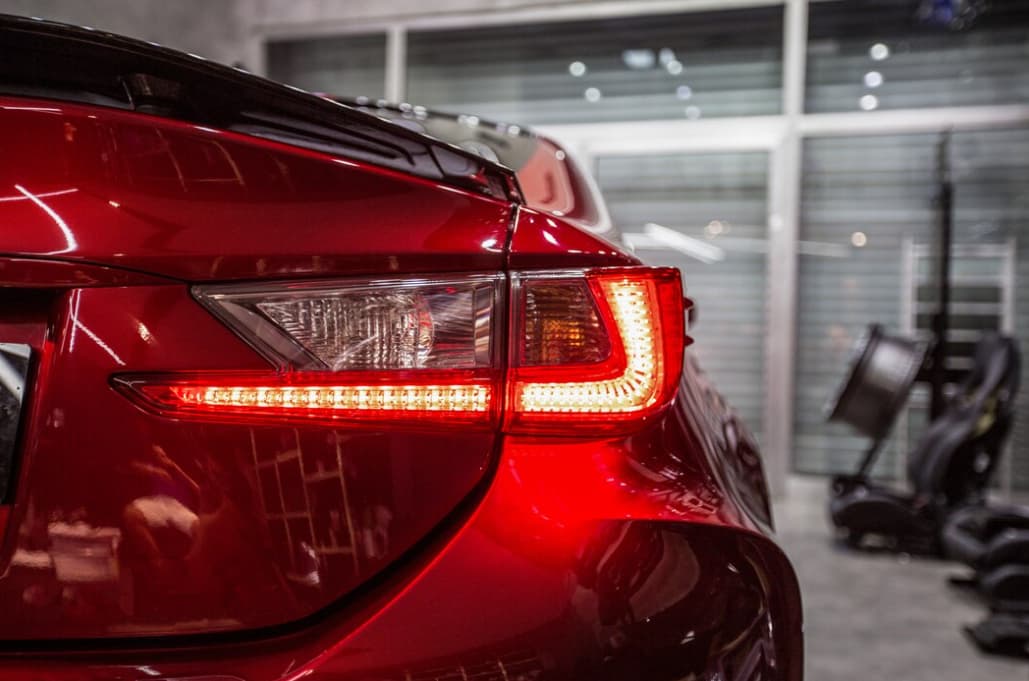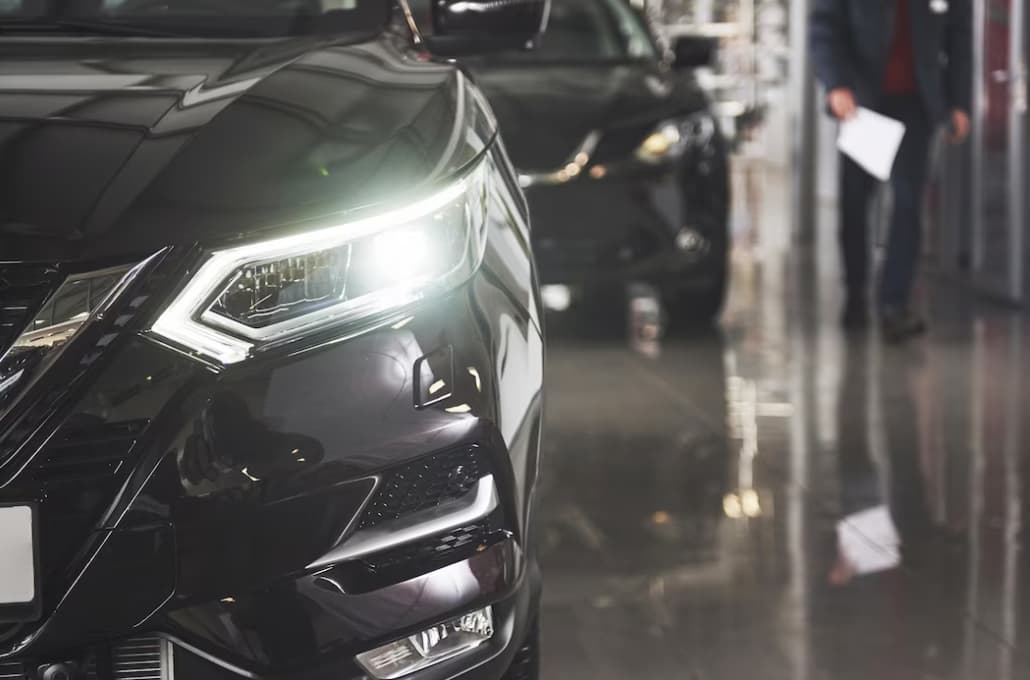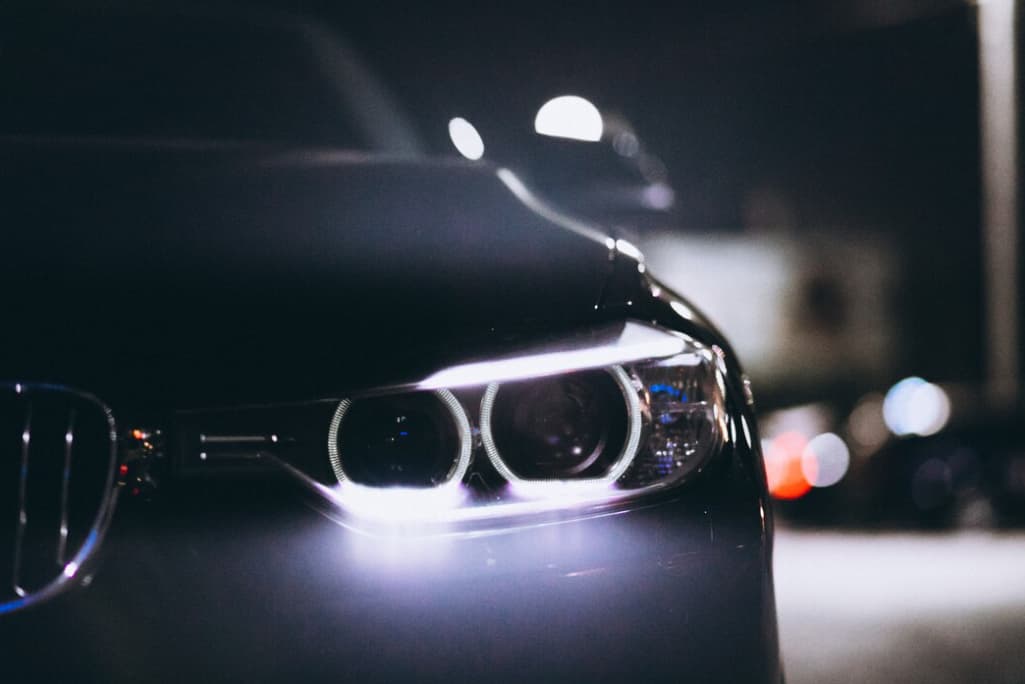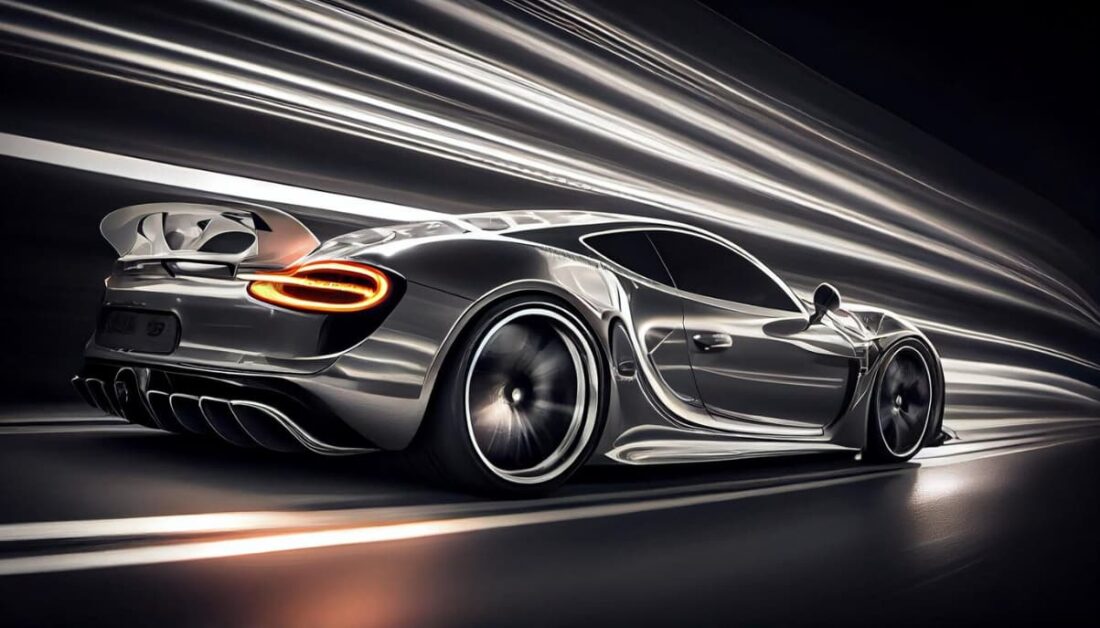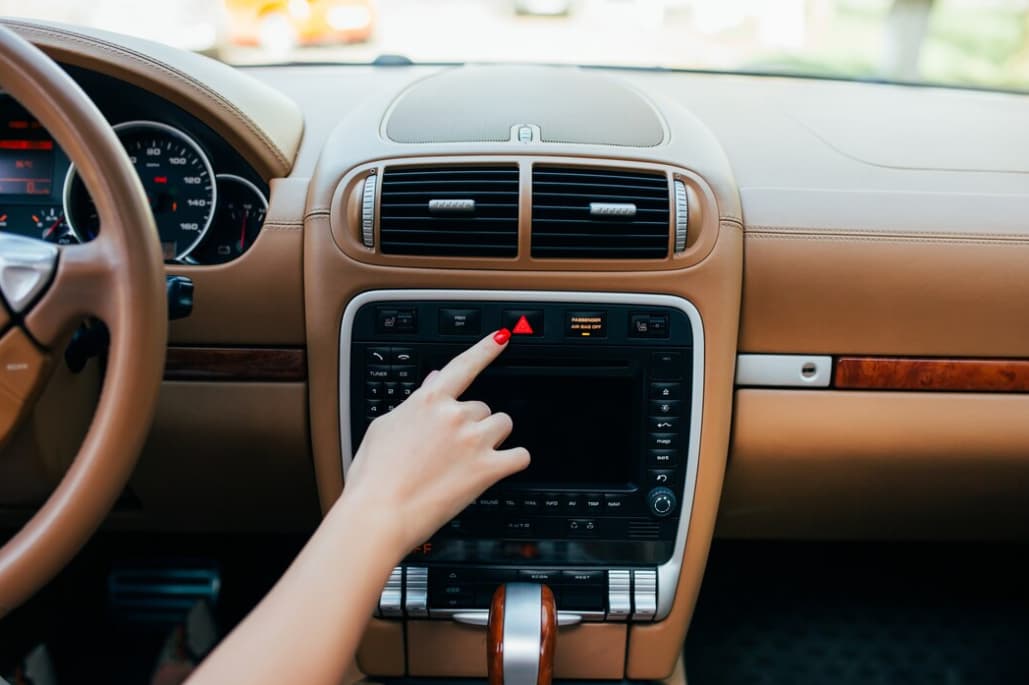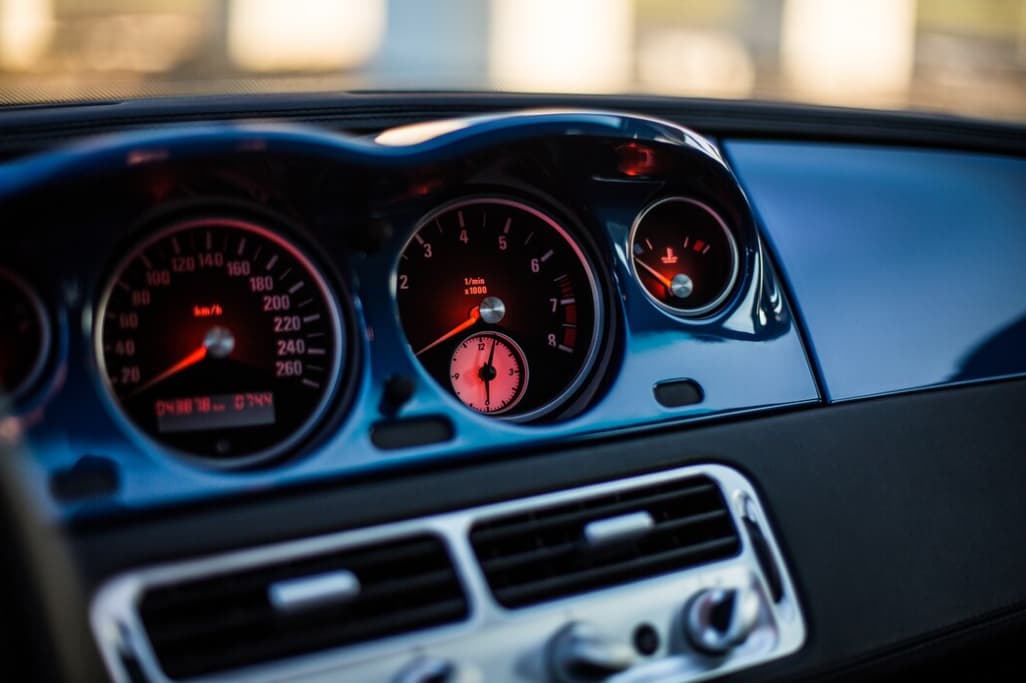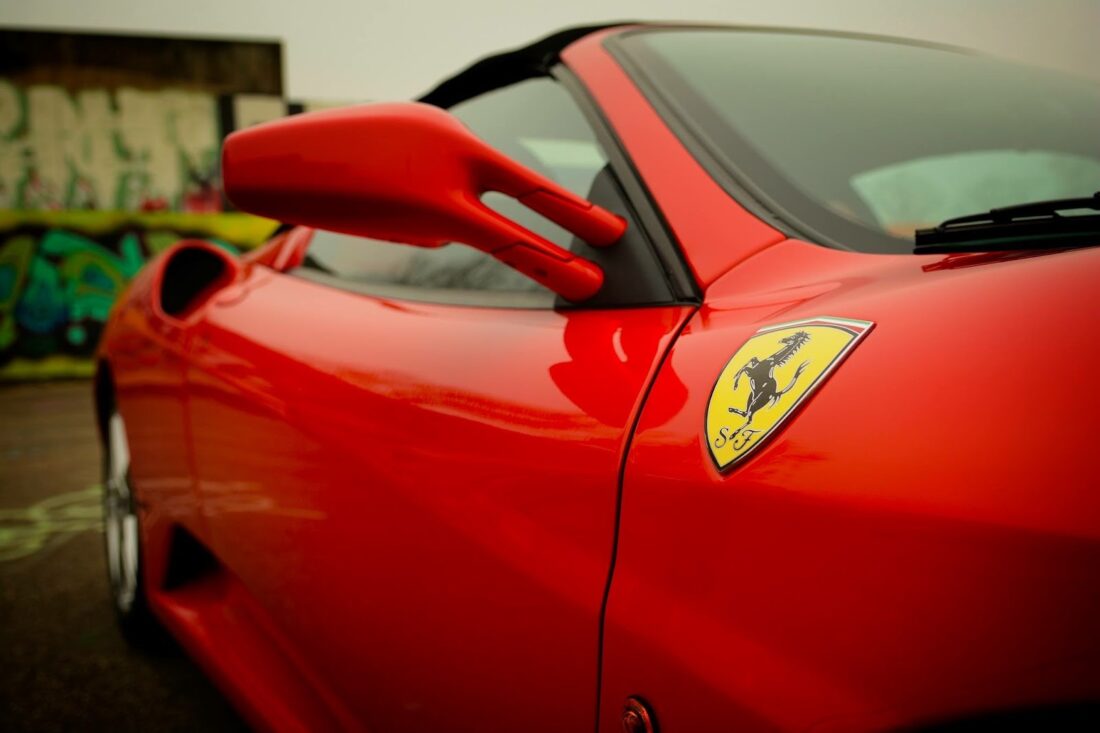3D Design Car: Shaping the Future of Automobiles
The automotive industry, renowned for its innovation and technological prowess, has witnessed a transformative shift with the advent of 3D printing technology. This shift marks a departure from traditional manufacturing methods, particularly in the realm of car part production. This article delves into the evolution, impact, and future implications of 3D printing in the automotive sector.
Emergence of 3D Printing in Automotive Manufacturing
Historically, the automotive industry has been a pioneer in embracing technological advancements, and its foray into 3D printing is a testament to this trend. Initially, 3D printing in the automotive realm was confined to creating prototypes and design concepts. This initial use case was instrumental in demonstrating the technology’s potential, leading to a broader application in actual part manufacturing. As understanding and optimization of 3D printing processes advanced, the industry began to invest more significantly in this technology, foreseeing its immense potential.
The leap from prototyping to actual part production was not instantaneous but a gradual progression. This transition was driven by the realization that 3D printing could offer more than just model creation—it could revolutionize the entire manufacturing process. As a result, automotive giants and small-scale manufacturers alike started exploring the capabilities of 3D printing, leading to its widespread adoption in the industry.
Today, 3D printing is a mainstream practice in automotive manufacturing, allowing for the production of a wide range of car parts. The extent of its application is limited only by the capacity of the printers used. High-end manufacturers like Koenigsegg leverage 3D printing to produce complex parts such as titanium exhaust tips, which are beyond the capabilities of smaller printers. On the other hand, smaller-scale printers enable the creation of various car parts and innovative additions, provided they are not subjected to extreme operating conditions.
Major automotive companies have integrated 3D printing into their manufacturing processes. Brands like Bentley and BMW utilize 3D printing for a variety of components, while companies like Volkswagen use the technology to create specialized assembly equipment. The versatility of 3D printing, its ability to produce complex shapes with precision, and its suitability for low-volume production make it an ideal technology for the automotive sector.
Transformative Impact of 3D Printing in the Automotive Industry
The influence of 3D printing in the automotive industry is profound and multifaceted. While the concept of fully 3D-printed cars remains in the realm of future possibilities, the current applications of the technology are significantly enhancing manufacturing processes.
- Cost and Time Efficiency. 3D printing has introduced a new level of cost-effectiveness and time efficiency in automotive manufacturing. Traditional prototyping methods were often time-consuming and expensive, but 3D printing has changed this dynamic. Rapid prototyping is now a reality, with 3D printing enabling the production of prototypes in a fraction of the time and at a lower cost. This agility in prototyping allows for quicker design iterations and accelerates the overall development process of new vehicles;
- Spare Part Production. The automotive industry consists of an extensive array of parts, some of which may no longer be in production by the original manufacturers. Producing these parts traditionally can be impractical due to low demand and the logistical challenges of traditional manufacturing methods. 3D printing offers a solution by enabling on-demand production of these rare or out-of-production parts. This capability not only reduces the cycle time of the production process but also opens up new business opportunities for part distributors and small-scale manufacturers;
- Customization and Tool Production. Customization has become a significant trend in modern car production, with manufacturers and car enthusiasts alike seeking unique features and designs. 3D printing facilitates this customization by enabling the production of bespoke parts and tools efficiently and cost-effectively. Moreover, the technology is used to create specialized jigs and fixtures needed in car assembly, exemplified by manufacturers like Volkswagen. This aspect of 3D printing is particularly valuable for producing limited edition cars or customizing vehicles to specific customer preferences.
Materials for 3D Printing in Automotive Applications
For those venturing into DIY 3D printing or small-scale production, the choice of
-Modified): PETG combines the best attributes of ABS and PLA, offering both shock and heat resistance. It works well with printers that lack heated beds and is less prone to adhesion issues. Despite its strengths, PETG can sometimes exhibit poor adhesion characteristics, which is a consideration for specific applications.
3D Design Software for Automotive Part Manufacturing
The design phase is a critical component of 3D printing in automotive manufacturing. Various software platforms cater to different skill levels, from professional automotive designers to hobbyists. Key software tools in this domain include:
- Fusion 360: Part of Autodesk’s lineup, Fusion 360 supports computer-aided design, engineering, and manufacturing (CAD, CAE, and CAM). Suitable for experienced hobbyists and professionals, it requires a subscription but offers comprehensive capabilities;
- AutoCAD: Another Autodesk product, AutoCAD is designed for professional use with a more advanced feature set. It’s widely used for creating intricate designs in automotive manufacturing;
- Inventor: Specifically tailored for designing and simulating mechanical parts, Inventor is crucial for planning 3D printed parts like exhaust tips and turbo housings. It’s another Autodesk product, emphasizing the company’s dominance in this software sector;
- SolidWorks: Developed by Dassault Systems, SolidWorks is user-friendly yet powerful enough for complex designs. It’s a popular choice for designing 3D printed car parts, despite its higher price point.
Top 3D Printers for Automotive Part Production
For those seeking to elevate their 3D printing capabilities, selecting the right printer is crucial. The market offers a range of printers, each with unique features and capabilities. Some of the top choices include:
- Prusa i3 MKS+: Renowned as one of the best FDM printers, the Prusa i3 MKS+ boasts enhanced features and improved bed-leveling sensors. It’s suitable for enthusiasts and professionals alike, offering a balance between price and performance;
- Elegoo Mars 3: An attractive option for hobbyists, the Elegoo Mars 3 is a resin printer with a 4K screen. Its affordability and efficiency make it ideal for printing smaller interior car parts like buttons and handles;
- Formlabs Form 3: A leader in resin 3D printing, the Form 3 is geared towards professional use. It’s known for its precision and quality, albeit at a higher price point;
- Ultimaker S5: This FDM printer features a dual extruder and is designed for professional use. It can handle a wide range of materials, including ABS, and is capable of printing almost anything designed for it.
Future Prospects and Challenges
As 3D printing technology continues to evolve, its potential in the automotive industry is boundless. The future may see fully 3D-printed cars, further advancements in rapid prototyping, and even more efficient production processes. However, challenges such as material limitations, printer capabilities, and the need for standardized quality control procedures remain. Overcoming these hurdles will be key to fully unlocking the potential of 3D printing in automotive manufacturing.
3D printing has undeniably revolutionized the automotive industry, bringing forth unprecedented levels of customization, efficiency, and innovation. Its impact spans from the creation of prototypes to the production of rare and custom parts, and its potential continues to expand. As technology advances, 3D printing is poised to play an even more significant role in automotive design and manufacturing, reinforcing the industry’s reputation for leading-edge innovation. The journey from traditional manufacturing to 3D printing marks a significant milestone in the automotive sector, heralding a new era of manufacturing possibilities.
Revolutionizing Automotive Manufacturing: The Role of 3D Printing
The automotive industry has been witnessing a significant transformation with the integration of 3D printing technology. This innovative approach is reshaping how vehicles are designed, prototyped, and manufactured, offering a plethora of benefits that are increasingly being recognized by industry leaders.
Enhancing Speed and Efficiency in Production
One of the foremost advantages of 3D printing in this sector is the remarkable reduction in lead times. Traditional manufacturing processes, particularly in the realm of prototyping and tool creation, are time-consuming. This extended duration not only delays the product launch but can also impact the manufacturer’s competitive edge. Conversely, 3D printing introduces a swift production cycle, enabling the creation of prototypes and tools within a single day. This acceleration is a game-changer, significantly cutting down the time from concept to market.
- Realization of Concept Designs. The transition from a software blueprint to a tangible product can be fraught with challenges. 3D printing addresses this gap effectively. It allows automotive manufacturers to convert digital designs into physical models for realistic testing and evaluation, ensuring the feasibility and practicality of the design before mass production;
- Unleashing Design Creativity and Efficiency. Another key benefit of 3D printing lies in its contribution to vehicle efficiency through weight reduction. The technology’s layer-by-layer fabrication process provides unparalleled control over each component’s weight. This precision enables the production of lighter parts, directly contributing to improved fuel efficiency of the vehicles;
- Securing Intellectual Property. In an industry where innovation is the key to staying ahead, protecting intellectual property is paramount. 3D printing offers a secure manufacturing environment. With the ability to produce parts in-house, the risk of design leakage to competitors is significantly minimized;
- Cost-Effective Production. Cost management is vital in automotive manufacturing. 3D printing emerges as a cost-effective solution, offering lower production costs without compromising on quality. This cost efficiency is a critical factor in sustaining profitability in the competitive automotive market.
AutoProtoWay: Pioneering in Automotive Prototyping and Manufacturing
AutoProtoWay, a leader in automotive parts manufacturing, exemplifies the integration of diverse manufacturing techniques, including 3D printing, in the automotive sector. The company is dedicated to producing automotive prototypes and custom auto parts, utilizing advanced methods like injection molding, vacuum casting, CNC machining, and 3D printing.
AutoProtoWay’s expertise in 3D printing is particularly noteworthy. They specialize in SLA and SLS schemes, optimizing designs and expediting production processes. Their focus on rapid tooling and prototyping through 3D printing underscores their commitment to reducing production times and costs for clients. For those seeking expert services in automotive parts manufacturing, AutoProtoWay stands as a premier choice, blending innovation, efficiency, and cost-effectiveness in its offerings.
Conclusion
The rising popularity of 3D printing in the automotive industry is a testament to its manifold advantages. It has opened new avenues for DIY enthusiasts and professionals alike, although complex projects are best handled by experts. With its ability to enhance efficiency, creativity, security, and cost-effectiveness, 3D printing is not just an emerging trend but a staple in modern automotive manufacturing.
